
Yoga Poses for Digestion: A Holistic Approach to Gut Health
Yoga is not only about flexibility and relaxation; it can also significantly impact your digestive health. By combining gentle movement, breathing techniques, and mindfulness, yoga supports better digestion and overall well-being. Let’s explore some effective yoga poses that promote gut health:
1. Seated Forward Bend (Paschimottanasana):
Sit with your legs extended in front of you.
Bend forward from your hips, reaching for your toes.
This pose massages the abdominal organs, enhancing blood flow and digestion.

Seated Forward Bend (Paschimottanasana) is a yoga pose that offers numerous benefits, especially for digestion. Let’s break it down:
Starting Position:
- Begin by sitting on the floor with your legs extended straight in front of you.
- Your spine should be tall, and your legs active.
Forward Bend:
- As you exhale, hinge at your hips (not your waist) and bend forward.
- Reach for your toes, ankles, or shins, depending on your flexibility.
- Keep your spine long and avoid rounding your back excessively.
Alignment and Focus:
- Engage your core muscles to support your spine.
- Imagine lengthening your torso forward rather than collapsing into the bend.
- Gently press your thighs and knees down toward the floor.
Benefits:
- Abdominal Massage: The forward fold compresses your abdominal organs, stimulating blood flow and promoting digestion.
- Stretching the Hamstrings: Paschimottanasana stretches the hamstrings, which can relieve tension in the lower back.
- Calming the Mind: This pose encourages introspection and relaxation, reducing stress and anxiety.
Modifications:
- If you can’t reach your toes comfortably, use a strap or a folded towel around your feet.
- Bend your knees slightly if needed to protect your lower back.
Remember to breathe deeply and maintain a sense of ease in the pose. Consistent practice can enhance digestion and overall well-being. 🌿🧘♀️
2. Wind-Relieving Pose (Pavanamuktasana):
Lie on your back and hug your knees to your chest.
Apply gentle pressure to your abdomen, aiding gas release and improving bowel movements.

Wind-Relieving Pose (Pavanamuktasana), also known as “Apanasana,” is a yoga posture that offers several benefits, particularly for digestion. Let’s explore it in detail:
Starting Position:
- Begin by lying flat on your back (supine position) on a comfortable surface, such as a yoga mat or carpet.
- Keep your arms alongside your body, palms facing down.
Hugging the Knees:
- Bend your knees and draw them toward your chest.
- Wrap your arms around your shins, hugging your knees gently.
- You can interlace your fingers or hold your elbows to create a secure embrace.
Abdominal Pressure:
- As you hug your knees, apply gentle pressure to your abdomen.
- This pressure compresses the digestive organs, including the stomach, intestines, and colon.
- The gentle massage stimulates blood flow, aids gas release, and encourages healthy bowel movements.
Benefits:
- Gas Relief: Pavanamuktasana helps alleviate bloating and discomfort caused by trapped gas.
- Improved Digestion: The abdominal compression supports digestion by enhancing circulation and promoting peristalsis (intestinal muscle contractions).
- Relaxation: This pose calms the nervous system and reduces stress.
Breathing:
- Breathe deeply and rhythmically while holding the pose.
- As you exhale, imagine releasing any tension or discomfort from your abdomen.
Modifications:
- If you have lower back issues, keep your head and shoulders on the ground while hugging your knees.
- If you’re more flexible, gently rock side to side to massage the sides of your abdomen.
Remember to listen to your body and adjust the intensity of the hug as needed. Regular practice of Wind-Relieving Pose can contribute to better digestion and overall well-being. 🌿🧘♀️
3. Cat-Cow Pose (Marjaryasana-Bitilasana):
On hands and knees, alternate between arching and rounding your back.
This motion stimulates and stretches the digestive tract.

Cat-Cow Pose (Marjaryasana-Bitilasana) is a dynamic yoga sequence that combines two complementary movements. Let’s break it down:
Starting Position:
- Begin on your hands and knees, aligning your wrists under your shoulders and your knees under your hips.
- Your spine should be in a neutral position, neither arched nor rounded.
Cat Pose (Marjaryasana):
- As you exhale, round your spine upward like an angry cat.
- Tuck your chin to your chest, draw your navel toward your spine, and arch your back.
- Imagine pushing the floor away with your hands.
- This motion stimulates the digestive tract by compressing the abdominal organs.
Cow Pose (Bitilasana):
- As you inhale, lift your tailbone and arch your spine downward.
- Lift your head and chest, allowing your belly to sink toward the floor.
- Look forward or slightly upward.
- This movement stretches the front of your body, including the abdomen, chest, and throat.
Flowing Between Cat and Cow:
- Continue alternating between Cat and Cow poses, coordinating each movement with your breath.
- Exhale into Cat Pose (rounding the back), and inhale into Cow Pose (arching the back).
- The rhythmic motion warms up the spine, improves flexibility, and enhances circulation.
Benefits:
- Digestive Stimulation: The arching and rounding motions massage the abdominal organs, aiding digestion and promoting peristalsis (intestinal movement).
- Spinal Flexibility: Cat-Cow helps maintain a healthy spine by increasing its mobility and reducing stiffness.
- Stress Relief: The gentle flow calms the nervous system and encourages mindfulness.
Modifications:
- If you have wrist discomfort, use yoga blocks or fists to support your hands.
- Focus on the quality of movement rather than extreme range—listen to your body.
Remember to breathe deeply and mindfully during this sequence. Regular practice of Cat-Cow Pose contributes to overall well-being and a healthier digestive system. 🌿🧘♀️
4. Seated Spinal Twist (Ardha Matsyendrasana):
Sit with one leg bent over the other and twist your torso.
Twists increase blood flow, helping with toxin elimination.
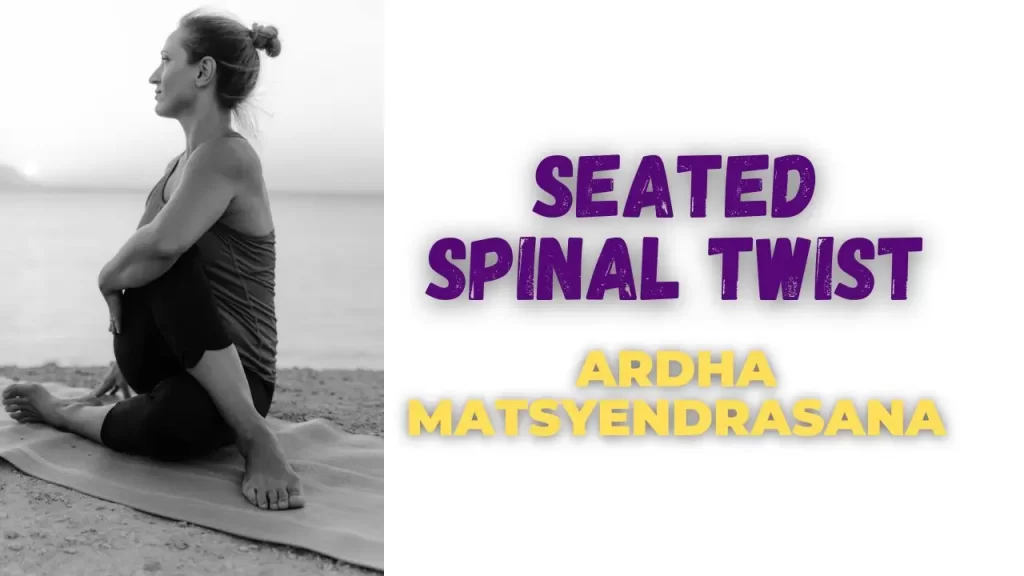
Seated Spinal Twist (Ardha Matsyendrasana) is a yoga pose that offers both physical and energetic benefits. Let’s explore it in detail:
Starting Position:
- Begin by sitting on the floor with your legs extended in front of you.
- Bend your right knee and place your right foot flat on the floor, close to your left thigh.
- Keep your left leg extended.
Twisting Motion:
- Inhale and lengthen your spine.
- As you exhale, twist your torso to the right, bringing your left elbow to the outside of your right knee.
- Use your right hand to support your spine by placing it behind you.
- Gently deepen the twist by looking over your right shoulder.
Alignment and Focus:
- Keep both sit bones grounded.
- Lengthen your spine upward as you twist.
- The twist should originate from your waist, not just your neck.
- Breathe deeply and maintain the twist for a few breaths.
Benefits:
- Digestive Health: Twists stimulate blood flow to the abdominal organs, aiding digestion and promoting detoxification.
- Spinal Mobility: Ardha Matsyendrasana improves spinal flexibility and releases tension in the back.
- Energetic Flow: Twists are believed to balance energy (prana) in the body.
Modifications:
- If your hips are tight, sit on a folded blanket or cushion.
- If you can’t reach your elbow to the outside of the knee, use a strap or hug your knee with both hands.
Remember to practice both sides evenly. Regular Seated Spinal Twists contribute to overall well-being and vitality. 🌿🧘♀️
5. Child’s Pose (Balasana):
Fold your body over your knees, resting your forehead on the ground.
This relaxing pose relieves stress, positively impacting digestion.
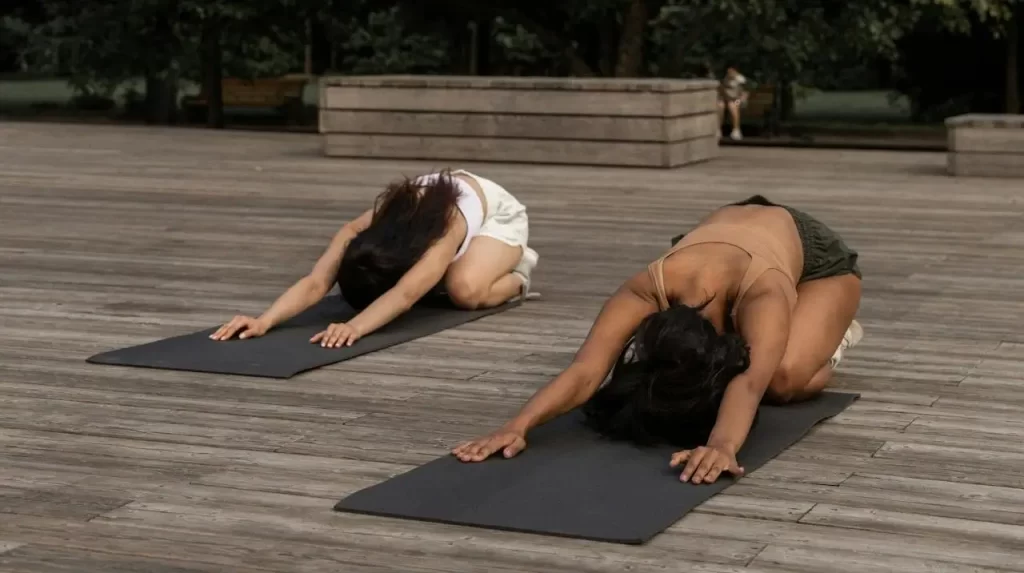
Child’s Pose (Balasana) is a gentle and restorative yoga pose that provides relaxation and several benefits. Let’s explore it in detail:
Starting Position:
- Begin on your hands and knees in a tabletop position.
- Bring your big toes together and separate your knees wide apart.
Forward Fold:
- Sit back on your heels, sinking your hips toward your heels.
- Extend your arms forward and lower your chest toward the floor.
- Rest your forehead on the ground or a yoga block.
Relaxation and Stress Relief:
- Balasana allows you to surrender and release tension.
- It calms the nervous system, reduces stress, and soothes the mind.
Digestive Impact:
- By gently compressing the abdomen, Child’s Pose stimulates blood flow to the digestive organs.
- It aids digestion and encourages relaxation after meals.
Breathing:
- Breathe deeply into your back and sides, allowing your ribcage to expand.
- Feel the gentle stretch along your spine.
Modifications:
- If your hips are tight, place a folded blanket or cushion between your hips and heels.
- Adjust the width of your knees to find a comfortable position.
Remember to breathe mindfully and enjoy the nurturing quality of this pose. Regular practice of Child’s Pose contributes to overall well-being and a healthier digestive system. 🌿🧘♀️
Camel Pose (Ustrasana), Happy Baby (Ananda Balasana), and Reclined Twist (Supta Matsyendrasana) are also beneficial for digestion.
Let’s explore how Camel Pose (Ustrasana), Happy Baby (Ananda Balasana), and Reclined Twist (Supta Matsyendrasana) contribute to better digestion:
Camel Pose (Ustrasana):

Starting Position: Kneel on the floor with your hips over your knees.
Backbend: Reach back and grasp your heels or ankles.
Benefits:
- Stretches the abdominal muscles and stimulates digestion.
- Opens the chest, improving lung capacity and circulation.
Happy Baby (Ananda Balasana):
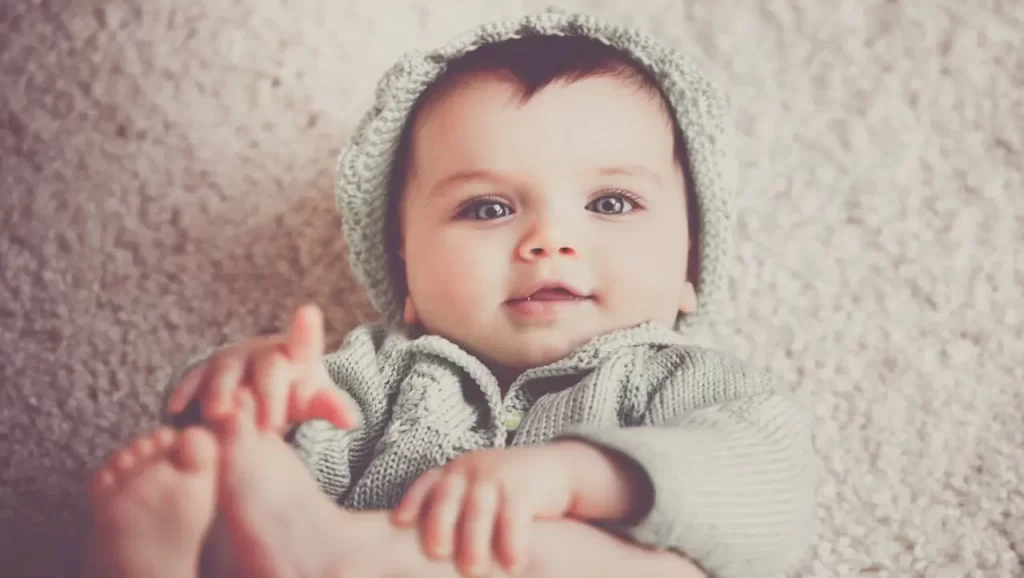
Starting Position: Lie on your back.
Legs Upward: Bend your knees toward your chest, holding the outer edges of your feet.
Benefits:
- Massages the abdominal organs.
- Relieves gas and bloating.
- Calms the nervous system.
Reclined Twist (Supta Matsyendrasana):

Starting Position: Lie on your back with arms extended.
Twist: Bend one knee and cross it over the opposite leg, twisting your torso.
Benefits:
- Enhances blood flow to the digestive organs.
- Aids detoxification and relaxation.
Remember to practice these poses mindfully and adapt them to your comfort level. Regular yoga can positively impact digestion and overall well-being. 🌿🧘♀️
Remember, consistency matters. Incorporate these poses into your daily routine, and enjoy the holistic benefits of yoga for your gut health. 🌿
Disclaimer: Always consult a healthcare professional before starting any new exercise regimen, especially if you have specific health conditions.
Feel free to explore these poses and find what works best for you! 🙌🧘♀️
Let’s explore some breathing techniques that can support digestion and a yoga sequence specifically designed to promote gut health:
Breathing Techniques for Digestion:
Diaphragmatic Breathing:
- Inhale deeply through your nose, allowing your stomach to expand.
- Exhale slowly, focusing on relaxing your abdominal muscles.
- This gentle massaging action can ease GI discomfort and promote digestion.
Slow, Measured Breaths:
- Sit up straight and breathe deeply through your nose.
- Take as many as five slow breaths in and out before your first bite of food.
Yoga Sequence for Gut Health:
Cat-Cow Pose (Marjaryasana-Bitilasana):
- Inhale, arch your back (Cow Pose), and lift your heart and hips.
- Exhale, round your back (Cat Pose), dropping your gaze to your navel.
- This sequence gently massages abdominal organs and aids digestion.
Downward Facing Dog (Adho Mukha Svanasana):
- Invert your body, creating a gentle stretch for the digestive system.
Seated Forward Fold (Paschimottanasana):
- Sit with legs extended, bend forward, and reach for your toes.
- Massages abdominal organs and improves blood flow.
Supine Twist (Supta Matsyendrasana):
- Lie on your back, bend one knee, and twist your torso.
- Stimulates blood flow and supports digestion.
Bridge Pose (Setu Bandhasana):
- Lie on your back, bend knees, and lift hips off the ground.
- Strengthens abdominal muscles and promotes gut health.
Remember, consistency matters! Incorporate these practices into your routine for better digestion and overall well-being. 🌿🧘♀️
Disclaimer: Always consult a healthcare professional before starting any new exercise regimen, especially if you have specific health conditions.
Feel free to explore these techniques and poses to find what works best for you! 🙌
Let’s explore mindfulness practices, delve into the benefits of specific yoga poses for digestion, and discuss yoga props that can aid gut health:
What are some mindfulness practices for gut health?
Mindfulness Practices for Gut Health:
Meditation:
- Meditation helps regulate neurotransmitters, decrease inflammation, improve the gut microbiome, and manage stress.
- It accesses the gut-mind connection, reducing symptoms like abdominal pain, bloating, and brain fog.
Mindful Breathing:
- Practice diaphragmatic breathing (deep breaths through the nose, expanding the stomach) to aid digestion.
- Slow, measured breaths before meals can enhance the rest-and-digest response.
Explain the benefits of each pose in more detail?
Yoga Poses for Digestion and Their Benefits:
Seated Side Bend (Parsva Sukhasana):
- Stretches the body, massages abdominal muscles, and promotes efficient food movement along the digestive tract.
Knees to Chest (Apanasana):
- Relieves gas and bloating pain by applying gentle pressure to the gut.
Happy Baby Pose (Ananda Balasana):
- Massages internal organs, aids digestion, and relieves tension.
Seated Forward Fold (Utkata Paschimottanasana):
- Massages abdominal organs, improves blood flow, and supports digestion.
Bridge Pose (Setu Bandha Sarvangasana):
- Strengthens abdominal muscles and promotes gut health.
Extended Wide Squat (Malasana):
- Boosts circulation and stimulates abdominal muscles.
Cobra Pose (Bhujangasana):
- Enhances circulation and supports digestion.
Seated Heart Opener Pose (Vajrasana):
- Opens the chest and abdomen, aiding digestion.
What are some yoga props that aid digestion?
Yoga Props for Digestion:
Elevated Head Prop:
- Use a pillow, folded blanket, or stack of books to elevate your head during poses.
- Helps ease heartburn and indigestion.
Remember to breathe deeply throughout your practice, as it enhances the digestive process. Consistency is key! 🌿🧘♀️
Let’s dive into dietary tips for gut health, a stress-relieving yoga sequence, and mindfulness meditation:
What are some dietary tips for gut health?
Dietary Tips for Gut Health:
- Eat Whole Foods: Prioritize fresh, unprocessed foods. Processed foods can negatively impact your digestive health.
- Fiber-Rich Diet: Include fruits, vegetables, and whole grains. Fiber supports a healthy gut microbiome.
- Probiotic Foods: Consume kefir, yogurt, kimchi, sauerkraut, and pickled ginger. These boost beneficial gut bacteria.
- Hydration: Stay well-hydrated to support digestion and overall health.
Recommend a yoga sequence for stress relief too?
Yoga Sequence for Stress Relief:
Easy Pose (Sukhasana) with Forward Bend:
- Cross your shins, forward bend, and focus on the breath.
- Increases exhalation, promoting relaxation.
Standing Forward Bend (Uttanasana) with Shoulder Opener:
- Turn inward, release shoulder tension, and stretch hamstrings.
- Pull kneecaps up and interlace fingers behind your back.
Supported Child’s Pose (Balasana):
- Rest and calm the mind.
- Breathe deeply and surrender tension.
Reclined Butterfly Pose (Supta Baddha Konasana):
- Lie on your back, soles of feet together.
- Relaxes hips and promotes inner peace.
Legs Up the Wall Pose (Viparita Karani):
- Elevate legs against a wall.
- Soothes the nervous system and reduces stress.
Corpse Pose (Savasana):
- Lie flat, arms relaxed.
- Deep relaxation and mental calmness.
Explore more about Mindfulness Meditation.
Mindfulness Meditation:
What Is It?:
Mindfulness involves being intensely aware of the present moment without judgment. Focus on sensations, breathe, and root yourself in the here and now.
Guided Meditation Videos:
- 10-Minute Mindfulness Meditation: Be present and relax your body and mind.
- Powerful Mind Meditation: Cultivate focus, release doubts, and embrace challenges.
- Relaxation Meditation: Calm your mind and notice without judgment.
Remember, consistency matters! Explore these practices and find what resonates with you. 🌿🧘♀️
Recommend any gut-healing herbs or supplements?
Gut-Healing Herbs and Nutrients:
L-Glutamine:
- Speeds up gut cell regeneration and supports gut health.
Arabinogalactan:
- A prebiotic fiber found in larch trees, beneficial for gut health.
Marshmallow Root:
- Soothes and protects the gut lining.
Deglycyrrhizinated Licorice (DGL):
- Supports gut healing and reduces inflammation.
Slippery Elm:
- Helps repair damaged gut cells.
Aloe Vera:
- Supports gut health and mucosal lining.
Learn more about mindfulness meditation techniques.
Mindfulness Meditation Techniques:
Mindfulness involves being intensely aware of the present moment without judgment. Here are some simple ways to practice it:
Pay Attention:
- Use all your senses to experience your environment fully.
- When eating, savor the taste, smell, and texture of your food.
Live in the Moment:
- Bring open, accepting attention to everything you do.
Focus on Breathing:
- Sit down, close your eyes, and focus on your breath moving in and out.
Structured Exercises:
- Try body scan meditation or sitting meditation.
Remember, consistency matters! Explore these practices and find what resonates with you. 🌿🧘♀️
Learn about Ayurvedic practices for gut health.
Certainly! 😊 Ayurveda, the ancient Indian system of medicine, offers holistic approaches to improve gut health. Let’s explore some effective Ayurvedic practices:
Dietary Recommendations:
- Follow a Sattvic Diet: Include fresh, organic, and seasonal foods that are easy to digest.
- Emphasize Digestive Fire (Agni): Consume warm foods, spices like ginger and black pepper, and avoid overeating or cold beverages during meals.
- Incorporate Gut-Friendly Foods: Probiotic-rich foods (yogurt, kefir, sauerkraut) and fiber-rich options (whole grains, fruits, and vegetables) nourish gut bacteria.
Lifestyle Modifications:
- Mindful Eating: Pay attention to taste, texture, and aroma while eating. Avoid distractions and savor each bite slowly.
- Stress Management: Practice meditation, deep breathing, and self-care routines to promote a calm state of mind.
- Regular Exercise and Yoga: Engage in physical activity and try yoga poses like the seated twist (Ardha Matsyendrasana) and wind-relieving pose (Pawanmuktasana) for improved gut motility.
Ayurvedic Herbs and Remedies:
- Triphala: A blend of three fruits (Amalaki, Bibhitaki, and Haritaki) known for gut health benefits.
Remember, consistency matters! Explore these practices to support your gut health naturally. 🌿🧘♀️
What are some Ayurvedic herbs for better sleep?
Let’s explore Ayurvedic herbs for better sleep, a nourishing Ayurvedic recipe for gut health, and traditional Chinese medicine practices:
Ayurvedic Herbs for Better Sleep:
Chamomile:
- Chamomile tea is a beloved Western herbal remedy for sleep. It possesses a sedative effect, promoting relaxation and calmness.
Brahmi (Bacopa):
- Supports restful sleep, calms emotional turbulence, and improves concentration and alertness. It’s also known as a brain tonic in Ayurveda.
Ashwagandha:
- A powerful adaptogenic herb that helps manage stress and promotes better sleep.
Recommend any Ayurvedic recipes for gut health?
Nourishing Ayurvedic Kitchari Recipe for Gut Health:
Ingredients:
- Dried Mung Beans (preferably sprouted)
- Basmati Rice (white or brown)
- Vegetables (cauliflower, carrots, zucchini)
- Shallot, garlic, ginger
- Dried spices (see recipe)
- Ghee or coconut oil
Basic Kitchari Formula:
- 1 cup dried moong dal (split mung beans or yellow moong beans)
- 1/2 cup basmati rice
- 3 cups vegetables (mix based on availability)
- Follow my recipe as a guide, but feel free to be flexible with spices and ingredients.
Learn about traditional Chinese medicine practices too.
Traditional Chinese Medicine Practices:
Acupuncture:
- Stimulates specific points on the body using thin needles. May help ease chronic pain, tension headaches, and migraines.
Tai Chi:
- Combines postures, gentle movements, and relaxation. Improves balance, reduces pain from osteoarthritis, and enhances quality of life.
Chinese Herbal Products:
- Studied for various conditions, but results are mixed. Be cautious, as some products may be contaminated or have side effects.
Remember, consistency matters! Explore these practices and find what resonates with you. 🌿🧘♀️🌼
What are some traditional Chinese herbs for digestion?
Traditional Chinese Herbs for Digestion:
Coptis Extract (Huang Lian Su Pian):
- Effective for traveler’s diarrhea and infections due to damp heat.
- Contains berberine, a potent antibiotic.
Si Ni San:
- Consists of Bupleuri radix (Chaihu), Paeoniae radix alba (Shaoyao), Aurantii fructus immaturus (Zhishi), and Glycyrrhizae radix et Rhisoma (Gancao).
- Targets GI reflux and irritation.
Dandelion Root, Milk Thistle, Artichoke:
- Used in Traditional Chinese Medicine (TCM) for digestion.
Recommend any Ayurvedic practices for stress relief?
Ayurvedic Practices for Stress Relief:
Balancing Routine (Dinacharya):
- Follow a daily routine that includes waking up early, practicing yoga, meditation, and regular meal times.
Healthy Diet (Ahara):
- Emphasize nourishing foods to promote physical and mental well-being.
Proper Sleep (Nidra):
- Prioritize restful sleep for stress relief and overall health.
Exercise and Yoga (Vyayama):
- Engage in physical activity to reduce stress.
Learn about herbal teas from different cultures.
Herbal Teas from Different Cultures:
Mediterranean (Mint and Lavender):
- Known for aromatic herbs.
Asia (Ginseng and Turmeric):
- Ancient traditions produce teas with these ingredients.
Africa (Rooibos):
- Unique variety of herbal tea.
Americas (Yerba Mate and Echinacea):
- Contribute herbs to the global tea repertoire.
Remember, each culture has its own unique tea traditions and rituals. Explore and enjoy! 🍵🌿🌎


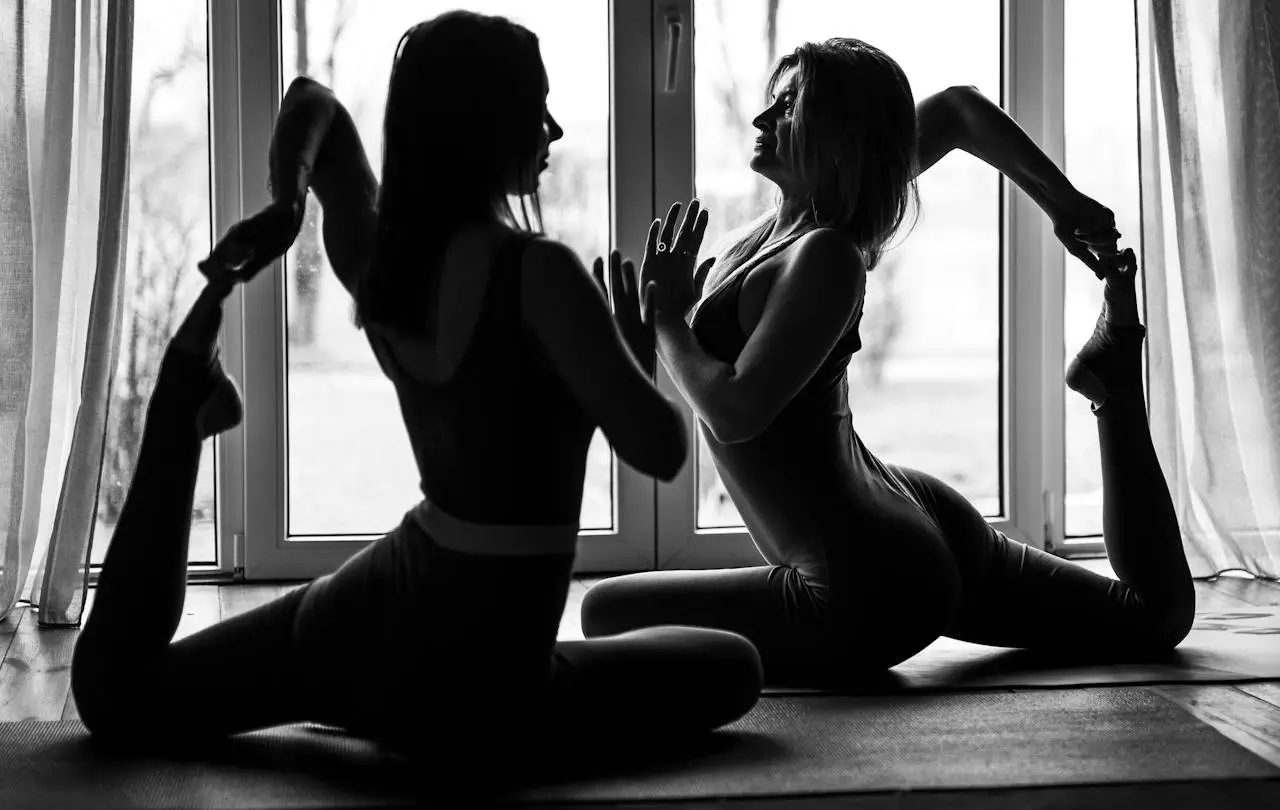
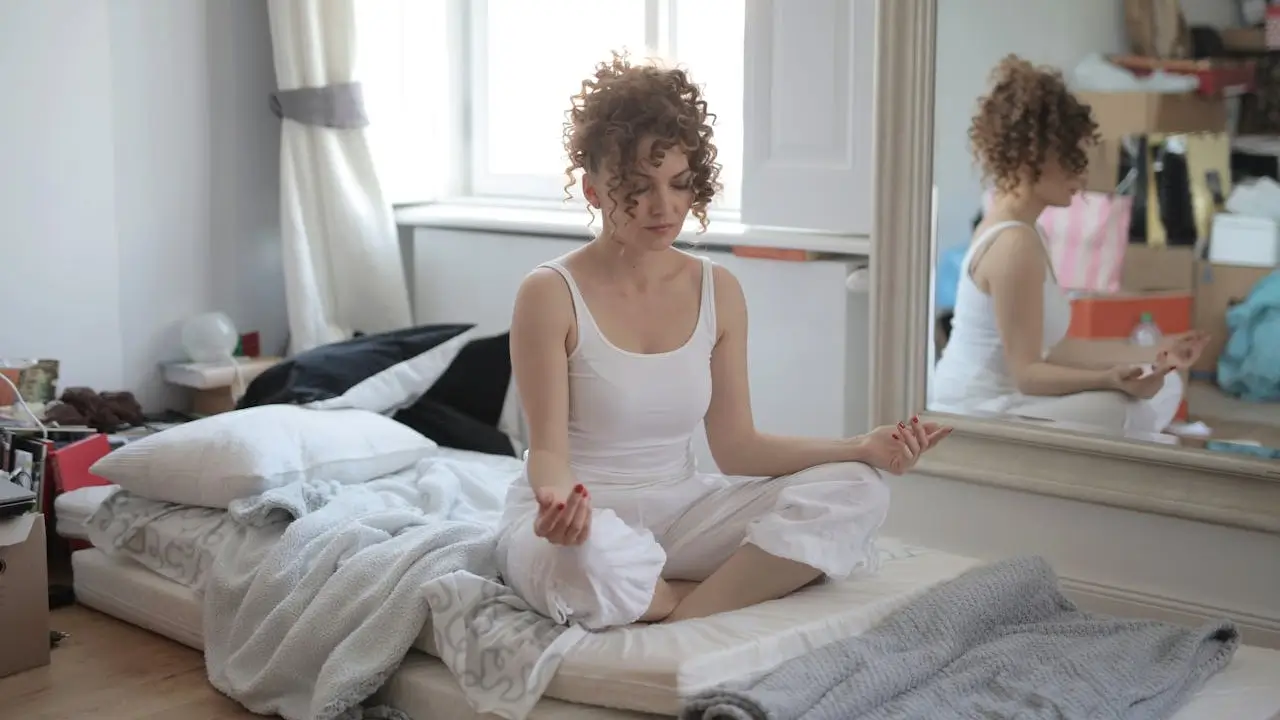


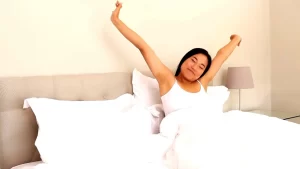














Hey, I think your blog might be having browser compatibility issues. When I look at your website in Ie, it looks fine but when opening in Internet Explorer, it has some overlapping. I just wanted to give you a quick heads up! Other then that, wonderful blog!
I reckon something really special in this website.
I needed to send you a bit of note to help say thanks over again for all the remarkable information you’ve shared at this time. This has been so extremely open-handed of people like you to offer openly what most of us could have distributed for an ebook to generate some money for themselves, principally seeing that you could have tried it if you desired. Those basics additionally served like the great way to fully grasp someone else have the identical fervor similar to mine to realize a lot more in regard to this matter. I am certain there are thousands of more pleasant occasions up front for individuals who read your website.
F*ckin’ amazing issues here. I am very happy to peer your article. Thank you a lot and i am taking a look ahead to contact you. Will you please drop me a e-mail?
I think that is one of the so much important info for me. And i’m satisfied studying your article. But should statement on few basic issues, The web site taste is great, the articles is truly great : D. Just right job, cheers
Very efficiently written article. It will be helpful to anyone who employess it, as well as me. Keep up the good work – looking forward to more posts.
I’ve been surfing on-line greater than three hours as of late, yet I never discovered any attention-grabbing article like yours. It is lovely worth sufficient for me. In my view, if all web owners and bloggers made just right content as you probably did, the web will probably be a lot more useful than ever before.
I truly appreciate this post. I’ve been looking all over for this! Thank goodness I found it on Bing. You have made my day! Thank you again
Wow, fantastic blog layout! How long have you been blogging for? you made blogging look easy. The overall look of your website is fantastic, let alone the content!
Really great information can be found on site. “I don’t know what will be used in the next world war, but the 4th will be fought with stones.” by Albert Einstein.
I just couldn’t depart your website prior to suggesting that I extremely loved the standard info a person provide in your guests? Is going to be back continuously to inspect new posts.
Seeing this topic from your perspective was enlightening. Thanks for the clarity.